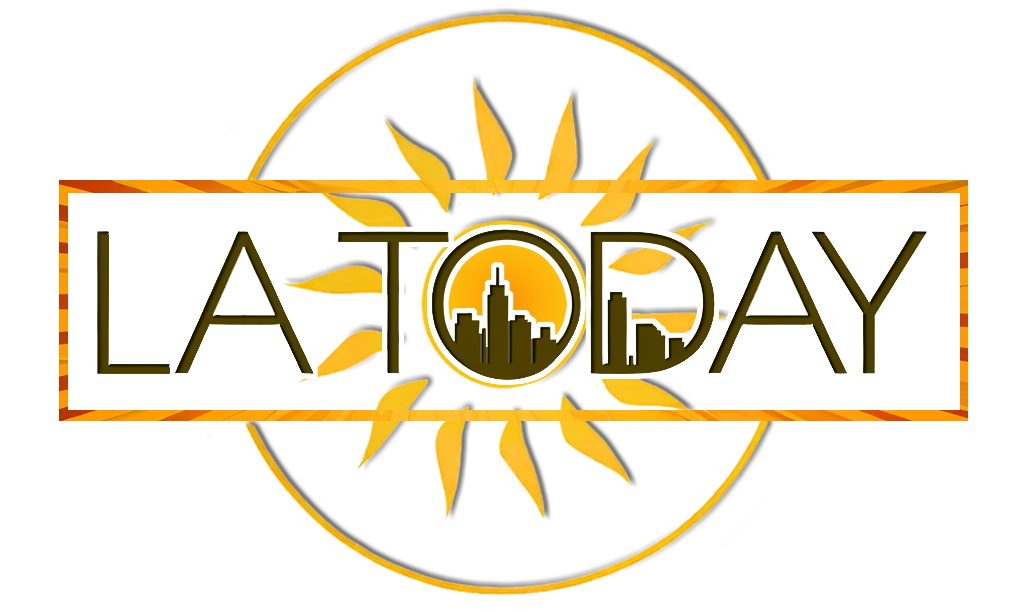Understanding the Impact of Climate Change on Southern California Wildfires and Innovative Solutions
Climate change has become an undeniable force shaping the world around us, with its impacts resonating across various ecosystems. A recent study published by World Weather Attribution indicates that the likelihood of wildfires in Southern California has increased by a staggering 35% due to climate change. This alarming statistic comes as Los Angeles residents begin to piece their lives back together following devastating wildfires that erupted earlier this month. Understanding the intricate relationship between climate change and wildfires is critical, as it informs not only the immediate response but also long-term strategies for adaptation and mitigation.
Understanding the Factors Behind the Recent Fires
The catastrophic wildfires that struck Southern California were not just random occurrences but rather the result of a perfect storm of climatic conditions. The previous two years had brought unusually heavy rainfall, which, while beneficial in some respects, created an abundance of wildfire-adapted vegetation. This year, the region faced two severe challenges: a delayed rainy season and intense Santa Ana winds that exacerbated the situation.
The study’s authors noted, “Compared to a 1.3°C cooler climate, this is an increase in likelihood of about 35%.” This quote underscores the alarming trend that these extreme weather events are likely to become more frequent, now occurring approximately once every 17 years. “This trend is, however, not linear,” they added, highlighting that recent years have seen a rapid increase in the frequency of fire-prone conditions.
Southern California’s Relationship with Wildfires
Southern California has a long history with wildfires, with its ecosystems having evolved to withstand and even thrive under regular, low-intensity fires. However, over the past century, fire suppression has disrupted this natural cycle. As a result, urban development has encroached on fire-adapted ecosystems, leading to the emergence of the wildland-urban interface (WUI). The WUI presents unique challenges, as the density of housing increases the risk of catastrophic fires.
In many cases, the onus of vegetation management falls on individual homeowners, who often lack awareness of their responsibility in maintaining defensible space around their properties. This lack of understanding can lead to the accumulation of dry brush, which serves as fuel for wildfires. To combat this, the introduction of prescribed burns—controlled, low-intensity fires set under specific conditions—can help manage vegetation and restore the natural fire regime. However, implementing prescribed burns is not without its challenges, requiring public support and skilled personnel.
The Role of Startups in Mitigating Wildfire Risks
In response to the growing threat of wildfires, a number of innovative startups have emerged, offering solutions designed to mitigate risks and enhance management strategies. One such company, Vibrant Planet, has developed a platform that allows utilities and land managers to analyze data to identify areas at the highest risk for wildfires. By collaborating with various stakeholders—landowners, conservation organizations, and indigenous groups—Vibrant Planet aims to create comprehensive plans to address these risks.
Once plans are established, other startups step in to implement them. For instance, Kodama specializes in retrofitting forestry equipment for remote operation, which enables more efficient thinning of forests at lower costs. By reducing the fuel load that contributes to catastrophic wildfires, Kodama plays a critical role in wildfire prevention.
Another innovative company, BurnBot, has designed a remotely operated machine that mimics prescribed burns within a protective metal shroud. The machine utilizes propane torches to burn vegetation while maintaining a controlled environment. Fans on the machine ensure adequate airflow, raising the fire’s temperature and minimizing smoke and embers. Additionally, rollers and water misters at the rear extinguish any remaining flames, further enhancing safety.
Advanced Detection Technologies for Early Fire Response
Even with proactive vegetation management and controlled burns, the reality is that wildfires cannot be entirely eliminated from Southern California’s landscape. To combat this, startups are focusing on developing early detection technologies that can identify wildfires shortly after they ignite, allowing for rapid response. One such company, Pano, employs artificial intelligence to analyze various data sources, including satellite imagery, field sensors, and emergency alerts, to automatically detect new fires.
Tech giants are also stepping into the fray. Google has partnered with Muon Space to launch FireSat, a satellite system capable of imaging wildfires from orbit every 20 minutes. This advanced technology can provide critical information to firefighting crews, allowing them to strategize more effectively and respond more quickly.
Innovative Fire Defense Solutions
When wildfires do escape early detection and containment, other startups are working on innovative solutions to protect homes and businesses. One notable company, FireDome, has developed an AI-assisted fire defense system that launches projectiles filled with fire retardants. This automated system can create a protective barrier of retardant before a fire reaches a property, or target hot spots when embers are already in the air, effectively extinguishing flames before they can escalate into larger blazes.
Adapting to a Changing Climate
The growing threat of wildfires necessitates a shift in how landowners and managers approach risk mitigation. There is unlikely to be a one-size-fits-all solution; instead, a combination of advanced technology and traditional land management practices will be essential. This multifaceted approach will require collaboration across various sectors, including government agencies, private enterprises, and local communities.
As climate change continues to alter the landscape of Southern California, proactive measures and innovative solutions will be key in reducing the frequency and severity of wildfires. By embracing new technologies, enhancing community awareness, and fostering a culture of collaboration, the region can better prepare for the challenges that lie ahead.
Conclusion
In summary, the increased likelihood of wildfires in Southern California, driven by climate change, presents significant challenges that require immediate and sustained action. Through innovative startups focused on risk assessment, vegetation management, early detection, and fire defense, there is hope for a more resilient future. However, the responsibility lies not only with technology but also with communities and individuals to adapt and prepare for the realities of a changing climate. Understanding and addressing these challenges is crucial for safeguarding lives, property, and the unique ecosystems that define Southern California.





